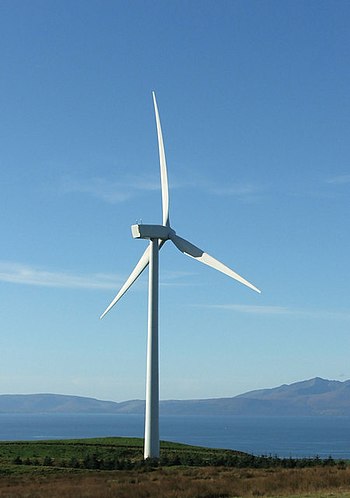(Photo credit: Wikipedia)
Occupational hearing loss claims have been have been associated with exposure to sources of loud noise for decades. One would think that new technology would limit noise exposure but maybe not so for energy production. A new study from Canada reflects that more research is need to determine whether wind turbine can produce adverse medical conditions.The Panel has 11 main findings that are outlined in the full report. Some findings include:Report and Related Products:
- The evidence is sufficient to establish a causal relationship between exposure to wind turbine noise and annoyance.
- There is limited evidence to establish a causal relationship between exposure to wind turbine noise and sleep disturbance.
- The evidence suggests a lack of causality between exposure to wind turbine noise and hearing loss.
- For all other health effects considered (fatigue, tinnitus, vertigo, nausea, dizziness, cardiovascular diseases, diabetes, etc.), the evidence was inadequate to come to any conclusion about the presence or absence of a causal relationship with exposure to wind turbine noise.
- Technological development is unlikely to resolve, in the short term, the current issues related to perceived adverse health effects of wind turbine noise.
- Impact assessments and community engagement provide communities with greater knowledge and control over wind energy projects and therefore help limit annoyance.
Understanding the Evidence: Wind Turbine Noise
Executive Summary
Appendix
News Release
….
Jon L. Gelman of Wayne NJ is the author of NJ Workers’ Compensation Law (West-Thompson-Reuters) and co-author of the national treatise, Modern Workers’ Compensation Law (West-Thompson-Reuters). For over 4 decades the Law Offices of Jon L Gelman 1.973.696.7900 jon@gelmans.com have been representing injured workers and their families who have suffered occupational accidents and illnesses.


No comments:
Post a Comment